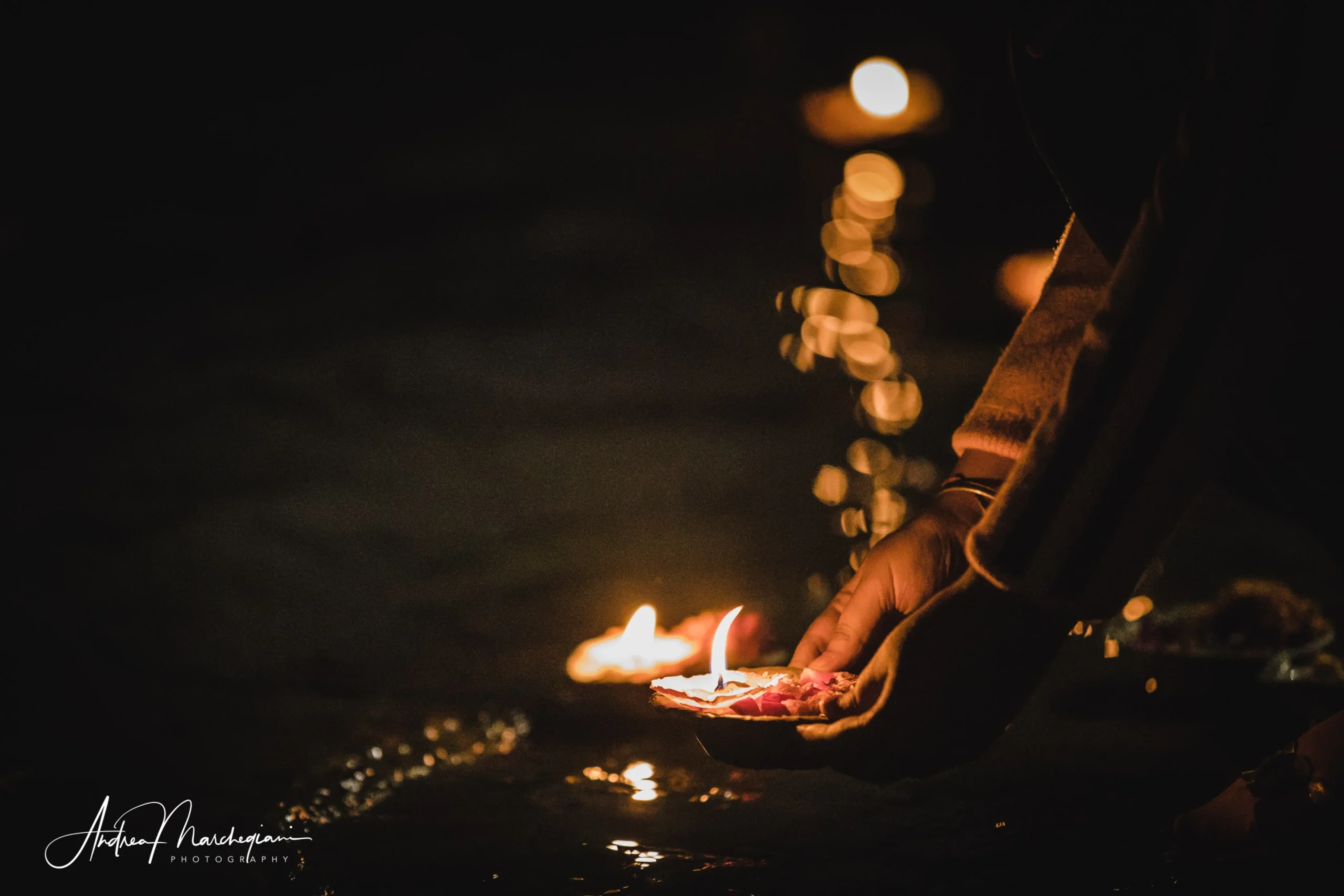
- Home
- Photo Galleries
- Portrait Photography
- Landscape Photography
- Street Photography
- China
- Ethiopia
- India
- Holy Ganges
- Varanasi
- Varanasi Ganga Aarti
- Varanasi, Manikarnika Ghat
- Varanasi Streets & Alleys
- Varanasi Demolition
- Varanasi Fruit Market
- Sarnath
- Brick Kilns
- Tamil Nadu, Chennai & Mamallapuram
- Tamil Nadu, Fort Tirumayam & Madurai
- Tamil Nadu, Tiruvannamalai & Thanjavur
- Kerala, Munnar
- Kerala, Peryiar
- Kerala, Backwaters
- Kerala, Kochi
- Kazakhstan
- Myanmar
- Senegal
- Uzbekistan
- Travel Blog
- China
- Ethiopia
- India
- Tamil Nadu & Kerala
- Varanasi
- Whato to do in Varanasi
- Varanasi Life along the Ghats
- Varanasi Death along the Ghats
- Varanasi Ganga Aarti Ceremony
- Varanasi demolished to honor Shiva
- Varanasi Fruit Market
- “Varanasi, A Journey into the Infinite”
- Sarnath
- All about River Ganges
- Holy Shit. All about Indian Cow Dung
- Clean India Project
- Brick factories
- Tilaka, pundra, bindi: what is the mark on Indian foreheads?
- Kazakhstan
- Mongolia
- Ulaanbaatar, the coldest capital in the world
- What to do in Ulaanbaatar
- Chinggis Khan Museum, 6 floors of Mongolian history
- Gorkhi-Terelj National Park and Bodgkhan Natural Reserve
- Altai Mountains, Things to do in Olgii and Sagsai
- Living with the Eagle Hunters
- Sagsai Eagle Festival
- Navrus Festival
- Xöömej, Mongolian throat singing
- Mongolian Food
- Myanmar
- Senegal
- Uzbekistan
- Latest Posts
- Photography Blog
- About
- Prints
“The history of the Ganges is the history of Indian civilization and culture. It’s the story of the birth and fall of empires, of great and proud cities, it’s the adventure of mankind”.
Share with your friends:


We Westerners often forget that rivers are living beings: the water that feeds them flows incessantly, making the soil fertile and purifying them of decaying sediments. In ancient times, rivers were revered as gods, along with many other elements of nature on whose existence ours depends.
For centuries, the West has stopped thinking of nature in religious terms and we mock the idea that a river can still be worshipped as a deity.
But Asia thinks in different terms and, being the world’s most populated continent, we cannot ignore it.
In India, for example, Hindus defy the laws of science by diving and drinking the water of the Ganges, one of the most polluted rivers in the world. If you ask them if they are not afraid to get sick they will answer “Not at all. My faith in Shiva will protect me.”
If you are frowning with air of superiority, remember that Christians believe in a God born of a virgin woman by a dove!


Here are seven things you need to know about the most sacred, polluted river in the world.
1. The Ganges identifies all of India
Just as the Colosseum is the symbol of Rome and the Eiffel Tower of Paris, the river Ganges plays an important identity role for all Indians.
Geographically, the Ganges is a large stream that rises on the Himalayan glaciers, crosses the plains of northeastern India and flows into the Bay of Bengal. With 2,500 km in length and a 350 km wide delta, the Ganges is vital for 500 million people who live along its banks and depend on its waters for washing, cooking and irrigating the fields.
But what makes it truly unique is its extraordinary religious value. Like Mecca for Muslims, the Ganges is an obligatory pilgrimage destination for all Hindus, who dream of going there at least once in their lives. Bathing in its waters purifies from sins and dying on its shores is considered a great privilege.
The Indian politician Jawaharlal Nehru writes about it: “The history of the Ganges is the history of the civilization and culture of India, of the birth and fall of empires, of great and proud cities, of the adventure of mankind”.


2. The Ganges is sacred, according to Hindu mythology
Over 1 billion Indians consider the Ganges the sacred river par excellence and venerate it as a god, or rather, as a goddess: Ganga Ma (mother Ganga). According to Hindu mythology, the Ganges was once a river flowing in the world of the gods and its course gave life to nothing less than the Milky Way. The god Vishnu made a hole in it with a toe and so the waters of the Ganges started flowing on Earth.
For this reason, Hindus consider a pilgrimage to Ganges at least once in their lives not only a good omen, but an essential action to accomplish their religious duties. Once on the ghats (the wide steps leading to the banks of the river), the faithful immerse themselves, making ablutions and praying to be cleansed of sins.
It is customary to bring home a sample of Gangan water, which is considered holy as our Lourdes water. People near death also drink its water to pass away joyfully.
Several sacred cities have arisen over the centuries on the banks of the river: among them, Haridwar, Prayagraj and Varanasi (by far the most sacred city in the whole country).

3. Varanasi, dying in the Ganges to avoid rebirth
Formerly known as Benares, Varanasi is an Indian city located in the state of Uttar Pradesh and erected right along a bend of the Ganges. Inhabited for about 3,500 years, Varanasi is one of the oldest human settlements in the world and by far the holiest for Hindus.
According to sacred texts, Varanasi is the place where the world was created and the only place that will survive its destruction. A million pilgrims visit it every year and it is a duty to visit it at least once in a lifetime.
Dying at Varanasi and being burned along the west bank of the river allows you to escape samsara, the cycle of reincarnations. For this reason, many elderly people go to Varanasi and remain there until their death. Their bodies will be cremated in one of the two crematory ghats, which are right in the city center (this is quite exceptional, since crematoria are placed in the outlying suburbs in all other sacred cities on the Ganges).
Only newborns and sadhus (santons) are not cremated: their bodies are laid on the riverbed and carried by the current. Being free of sins, their bodies are pure and deserve to be reunited with Mother Ganga as they are: truly a great honor.
For a tourist it is not easy to attend cremations, nor to photograph them. I had the immense fortune to receive a permit to do so. For hours I have seen the pyres burn: I remember them every time life upsets me.
“Life is a bridge”, says an Indian proverb. “Cross it, but don’t think you can build your house on it”. It is a powerful message: George Harrison, the famous guitarist of the Beatles, was so fascinated that he asked his ashes be thrown into the waters of the Ganges.

4. Varanasi, Ganga Aarti Ceremony
Every evening, along one of the city’s ghats, hundreds of worshippers gather for the Ganga Aarti, a ceremony in honor of the river goddess. It is a truly impressive spectacle: I have been able to witness it many times, until I was stunned.
The priests dance in front of the river to the sound of rhythmic and hypnotic music, while the faithful dedicate themselves to the ritual of puja. they leave small boats full of flowers and candles along the riverbed, hoping that the goddess Ganga will fulfill to their prayers.
During the ceremony, they all paint tilaka on their foreheads and tourists are also asked to let them draw them. “Shiva will protect you,” say the priests in charge of the service. “Even if you are not Hindu, accept his benevolent protection”.


5.The Ganges is among the most polluted rivers in the world
Despite its millennial sacredness, the Ganges is also one of the most profaned rivers on the planet.
Every day, about 6 billion litres of sewage are dumped, including industrial waste, agricultural waste and municipal waste. Even cremations and the provision of the ashes of the dead in the river do not help to improve the situation, not to mention the dead animals that are often seen floating and rotting in the Ganges.
Many of the 50 towns along the river do not have sewage treatment plants and fertilisers used in agriculture are not treated before being expelled.
All this has made the Ganges one of the most polluted rivers in the world.
Nevertheless, Indians continue to have faith in Shiva and mother Ganga: they brush their teeth, hair, clothes, make their ablutions and often drink the waters of the river. This speaks volumes about the great devotion of Hindus.

6. The Ganges river has been granted the status of legal person
After more than 30 years of unsuccessful attempts to clean up the river, in 2017, the Indian Supreme Court finally granted the Ganges and Yamuna legal status.
Today, polluting the water is considered a crime against the person and any private citizen can make a complaint in his defense.
The ruling reads that the Ganges, the Yamuna and all their tributaries “are legal and living entities having the status of legal person, with all the resulting rights, duties and responsibilities”. The judges who decreed it referred to a similar case, the Whananui River in New Zealand, which is sacred to the Maori people.
It is news that has given hope to the environmental associations who have been fighting for years to protect Indian rivers. However, it is not clear how the new provision can be made effective. What about the waste water from the Indian metropolises (about 1.5 billion litres per day) and industrial waste (500,000 litres)? How much time and funding will it take to set up efficient sewage treatment plants?

7. Suggestions and symbolism
Every time I publish photos of pilgrims on the banks of the Ganges, I receive concerned comments. Many people are horrified by the lack of hygiene in certain practices and I can certainly understand them: I myself have witnessed surreal scenes. it is difficult not to feel the chills running through your back watching a cow urinating on the bank of the river a few meters from a man brushing his teeth and a body being cremated.
Yet India has the soul of a poet. It transfigures reality and sublimates it, translating its literal meanings. Those who have visited India know that as soon as you cross its borders you enter another dimension.
I spent about a week photographing the most sacred river in the world, and I came to this conclusion: the Ganges is not just a river traced on maps; the Ganges is a loving mother who washes, quenches, comforts and cares.
In its waters I saw adult men playing like children and children praying with the concentration of venerable elders; I saw monkeys, dogs, cows and goats drinking and I prayed while corpses were washed and pyres were burning.
Christians are buried inside claustrophobic coffins and then walled into vertically stacked loculi to contain space and costs. It seems normal to us. Indians dream of returning to the waters of a mother. On the other hand, are we not generated in the womb, where we happily swim in amniotic fluid? So what’s wrong with wishing you could go back into the womb of Mother Ganga, goddess of waters, whose waters spawned the milky way, our galaxy?

















